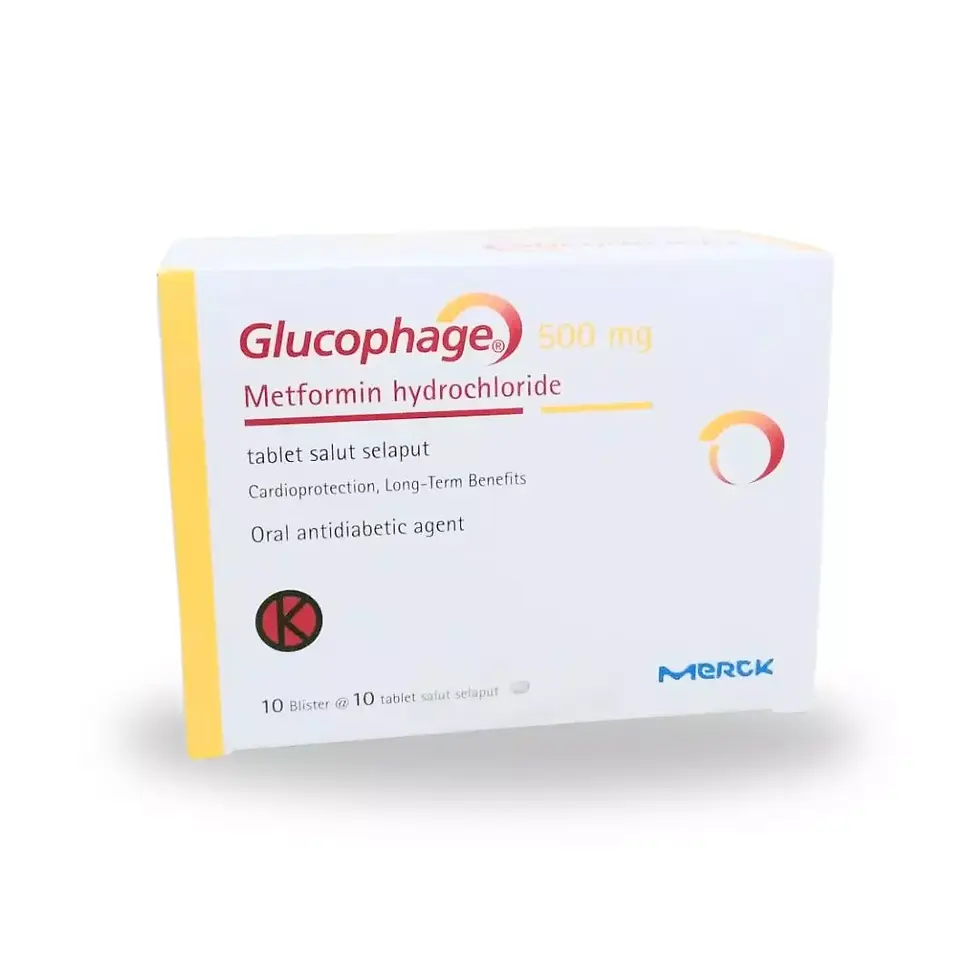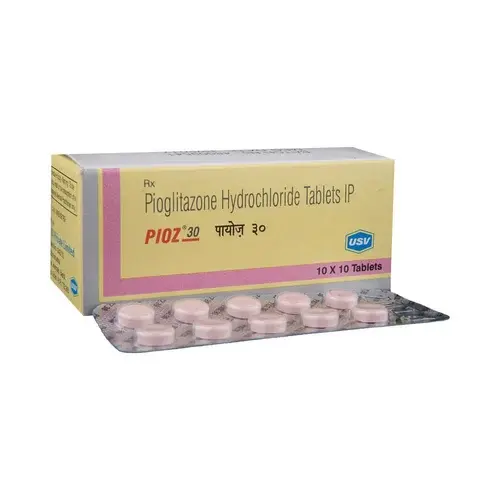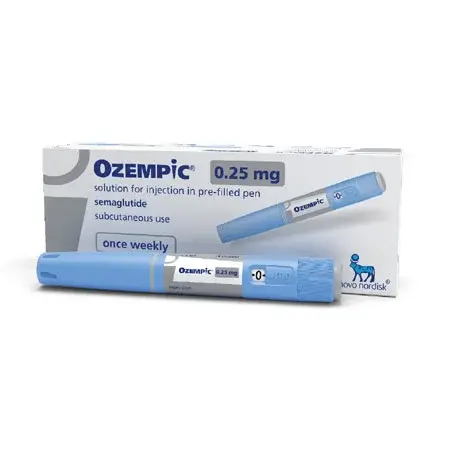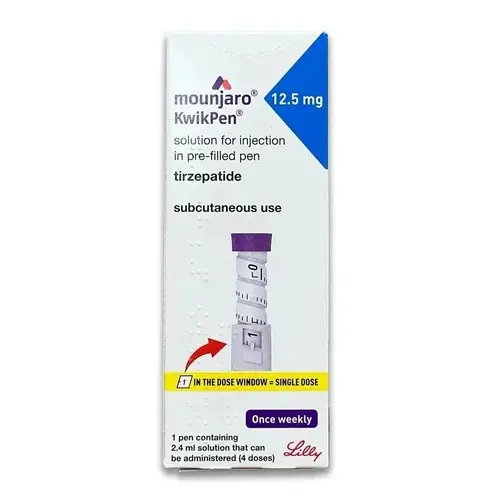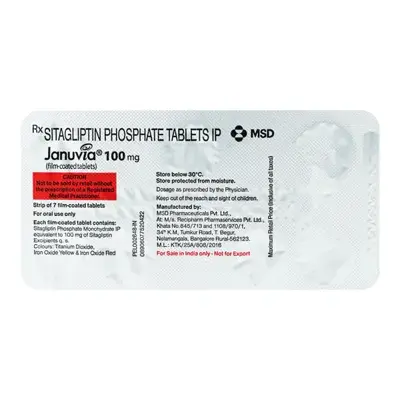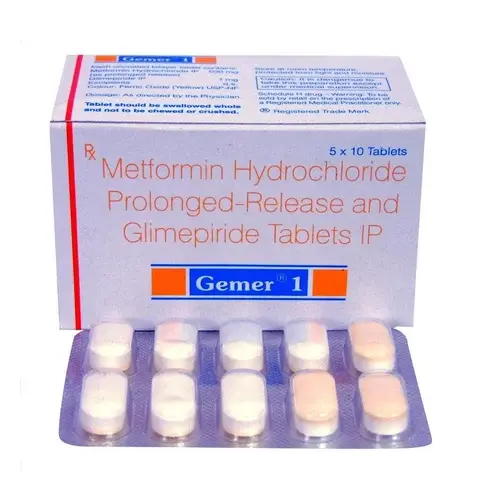Diabetes mellitus is a chronic metabolic disorder in which the body cannot properly produce or use insulin—a hormone that regulates blood sugar. This leads to elevated glucose levels that, over time, damage organs and blood vessels.
-
Polyuria & Polydipsia: Frequent urination and excessive thirst
-
Polyphagia & Weight Changes: Increased hunger yet unexplained weight loss (Type 1) or gain (Type 2)
-
Fatigue & Weakness: Due to cells’ inability to use glucose for energy
-
Blurred Vision: Fluctuating fluid levels in the eyes
-
Slow Wound Healing & Infections: High sugar impairs immune response
-
-
Type 1 Diabetes: Autoimmune destruction of pancreatic β-cells, leading to absolute insulin deficiency
-
Type 2 Diabetes: Insulin resistance in muscle and liver, combined with relative insulin deficiency
-
Genetic Factors: Family history increases risk for both types
-
Lifestyle Factors: Sedentary behavior, poor diet high in refined carbohydrates, and obesity drive insulin resistance
-
Other Forms: Gestational diabetes (during pregnancy), secondary to medications or endocrine disorders
-
-
High-Glycemic Foods: Sugary drinks, white bread, and sweets
-
Physical Inactivity: Reduces insulin sensitivity in muscles
-
Stress & Illness: Elevates counter-regulatory hormones (cortisol, adrenaline)
-
Medications: Steroids, some antipsychotics can raise blood sugar
-
Sleep Deprivation: Impairs glucose metabolism and appetite regulation
-
-
Fasting Plasma Glucose (FPG): ≥126 mg/dL on two occasions
-
Oral Glucose Tolerance Test (OGTT): 2-hour glucose ≥200 mg/dL after a 75 g glucose load
-
HbA₁c Test: A1c ≥6.5 % reflects average blood sugar over 2–3 months
-
Random Plasma Glucose: ≥200 mg/dL in a patient with classic symptoms
-
Screening: Recommended in adults with BMI ≥25 kg/m² (or ≥23 kg/m² in Asian populations) plus risk factors
-
-
Biguanides:
-
Metformin – first-line agent to reduce hepatic glucose production
-
-
Sulfonylureas & Meglitinides:
-
Glimepiride, Glipizide, Repaglinide – stimulate insulin secretion
-
-
SGLT2 Inhibitors:
-
Dapagliflozin, Empagliflozin – promote urinary glucose excretion
-
-
GLP-1 Receptor Agonists:
-
Liraglutide, Dulaglutide – enhance insulin release, suppress glucagon, and aid weight loss
-
-
DPP-4 Inhibitors:
-
Sitagliptin, Vildagliptin – prolong incretin activity
-
-
Insulin Therapy:
-
Rapid-, Short-, Intermediate-, Long-acting analogs for basal-bolus regimens
-
-
Adjunctive Measures:
-
Medical nutrition therapy (carbohydrate counting)
-
Regular aerobic and resistance exercise
-
Weight management, smoking cessation, and blood pressure/lipid control
-
-
Q1: How often should I check my blood sugar?
A: It depends on your regimen—insulin users may test 4+ times daily; those on oral agents often test once or twice a day or as advised.
Q2: Can Type 2 diabetes be reversed?
A: Early in its course, significant weight loss and lifestyle changes can induce remission, but ongoing monitoring is essential.
Q3: What side effects can diabetes medicines cause?
A: Metformin can cause GI upset; sulfonylureas risk hypoglycemia; SGLT2 inhibitors may lead to genitourinary infections.
Q4: How do I prevent complications?
A: Maintain target HbA₁c, blood pressure, and lipid levels; get regular eye, kidney, and foot exams.
Q5: Is insulin necessary for everyone with diabetes?
A: Insulin is required for all with Type 1. In Type 2, it’s added when oral/injectable agents no longer maintain glucose targets.
